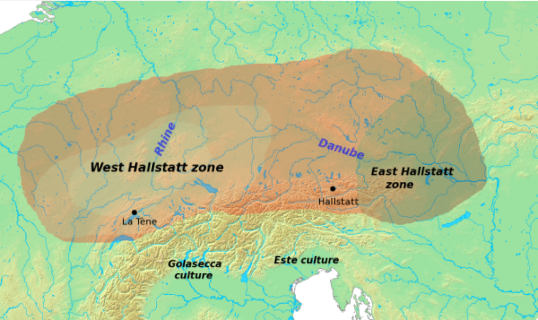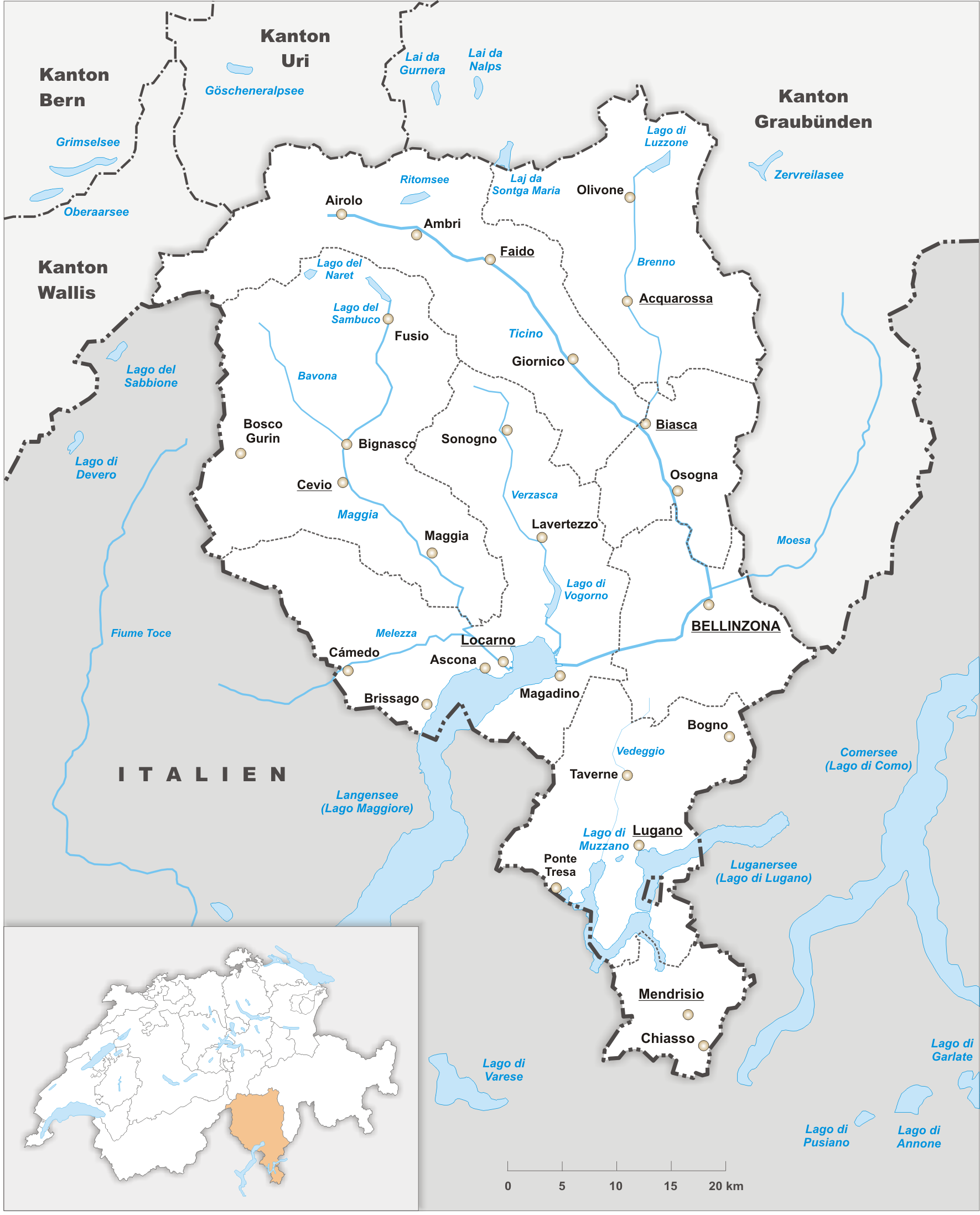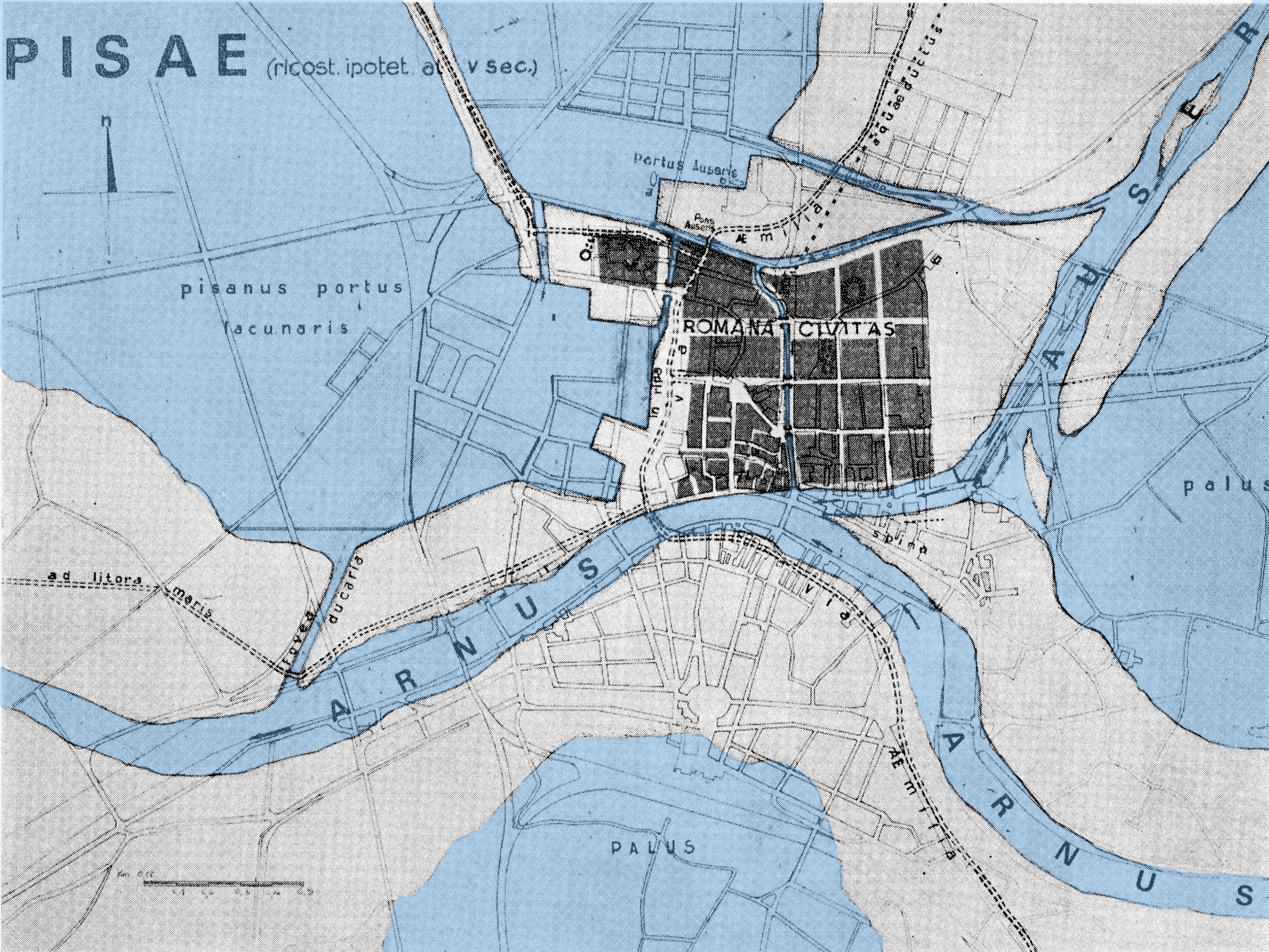|
Lepontii
The Lepontii were an ancient Celtic people occupying portions of Rhaetia (in modern Switzerland and Northern Italy) in the Alps during the late Bronze Age/Iron Age. Recent archeological excavations and their association with the Golasecca culture (9th-7th centuries BC) and Canegrate culture (13th century BC) point to a Celtic affiliation. From the analysis of their language and the place names of the old Lepontic areas, it was hypothesized that these people represent a layer similar to that Celtic but previous to the Gallic penetration in the Po valley. The suggestion has been made that the Lepontii may have been celticized Ligurians. The chief towns of the Lepontii were ''Oscela'', now Domodossola, Italy, and ''Bilitio'', now Bellinzona, Switzerland. Their territory included the southern slopes of the St. Gotthard Pass and Simplon Pass, corresponding roughly to present-day Ossola and Ticino. map of Rhaetiashows the location of the Lepontic territory, in the south-weste ... [...More Info...] [...Related Items...] OR: [Wikipedia] [Google] [Baidu] |
Ancient Peoples Of Italy
This list of ancient peoples living in Italy summarises the many different Italian populations that existed in antiquity. Among them, the Romans succeeded in Romanizing the entire Italian peninsula following the Roman expansion in Italy, which provides the time-window in which most of the names of the remaining ancient Italian peoples first appear in existing written documentation. Many names are exonyms assigned by the ancient writers of works in ancient Greek and Latin, while others are scholarly inventions. Nearly all of these peoples and tribes spoke Indo-European languages: Italics, Celts, Ancient Greeks, and tribes likely occupying various intermediate positions between these language groups. On the other hand, some Italian peoples (such as the Rhaetians, Camuni, Etruscans) likely spoke non- or pre-Indo-European languages. In addition, peoples speaking languages of the Afro-Asiatic family, specifically the largely Semitic Phoenicians and Carthaginians, settled and ... [...More Info...] [...Related Items...] OR: [Wikipedia] [Google] [Baidu] |
Lepontic Language
Lepontic is an ancient Alpine Celtic languageJohn T. Koch (ed.) ''Celtic culture: a historical encyclopedia'' ABC-CLIO (2005) that was spoken in parts of Rhaetia and Cisalpine Gaul (now Northern Italy) between 550 and 100 BC. Lepontic is attested in inscriptions found in an area centered on Lugano, Switzerland, and including the Lake Como and Lake Maggiore areas of Italy. Being a Celtic language, its name could derive from Proto-Celtic *''leikʷontio-'' (which also was the basis of ''Lepontina'', which became the modern ''(Val) Leventina''). While some recent scholarship (e.g. Eska 1998) has tended to consider Lepontic simply as an early outlying form of Gaulish and closely akin to other, later attestations of Gaulish in Italy (Cisalpine Gaulish), some scholars (notably Lejeune 1971) continue to view it as a distinct Continental Celtic language. In this latter view, the earlier inscriptions found within a 50 km radius of Lugano are considered Lepontic, while the lat ... [...More Info...] [...Related Items...] OR: [Wikipedia] [Google] [Baidu] |
Ligurians
The Ligures or Ligurians were an ancient people after whom Liguria, a region of present-day north-western Italy, is named. Because of the strong Celtic influences on their language and culture, they were also known in antiquity as Celto-Ligurians. In pre-Roman times, the Ligurians occupied the present-day Italian region of Liguria, Piedmont, northern Tuscany, western Lombardy, western Emilia-Romagna, and northern Sardinia, reaching also Elba and Sicily. They inhabited also the French region of Provence-Alpes-Côte d'Azur and Corsica;Strabo, ''Geography'', book 4, chapter 6Livy, ''History of Rome'', book XLVII however, it is generally believed that around 2000 BC the Ligurians occupied a much larger area, extending as far as what is today Catalonia (in the north-eastern corner of the Iberian Peninsula). The origins of the ancient Ligurians are unclear, and an autochthonous origin is increasingly probable. What little is known today about the ancient Ligurian language is base ... [...More Info...] [...Related Items...] OR: [Wikipedia] [Google] [Baidu] |
Celts
The Celts ( , see Names of the Celts#Pronunciation, pronunciation for different usages) or Celtic peoples ( ) were a collection of Indo-European languages, Indo-European peoples. "The Celts, an ancient Indo-European people, reached the apogee of their influence and territorial expansion during the 4th century BC, extending across the length of Europe from Britain to Asia Minor."; . "[T]he Celts, were Indo-Europeans, a fact that explains a certain compatibility between Celtic, Roman, and Germanic mythology."; . "The Celts and Germans were two Indo-European groups whose civilizations had some common characteristics."; . "Celts and Germans were of course derived from the same Indo-European stock."; . "Celt, also spelled Kelt, Latin Celta, plural Celtae, a member of an early Indo-European people who from the 2nd millennium bce to the 1st century bce spread over much of Europe." in Europe and Anatolia, identified by their use of Celtic languages and other cultural similarities.. "C ... [...More Info...] [...Related Items...] OR: [Wikipedia] [Google] [Baidu] |
Golasecca Culture
The Golasecca culture (9th – 4th centuries BC) was a Prehistoric Italy#Bronze Age, Late Bronze Age/Prehistoric Italy#Iron Age, Early Iron Age culture in northern Italy, whose type-site was excavated at Golasecca in the province of Varese, Lombardy, where, in the area of Monsorino at the beginning of the 19th century, Abbot Giovanni Battista Giani made the first findings of about fifty graves with pottery and metal objects. The culture's material evidence is scattered over a wide area of 20,000 km2Raffaele de Marinis, ''Liguri e Celto-Liguri'' in ''Italia. Omniun terrarum alumna'', Garzanti-Scheiwiller, 1988. south of the Alps, between the rivers Po (river), Po, Serio (river), Serio and Sesia, and bordered on the north by the Alpine passes. Archaeological sources The name of the Golasecca culture comes from the first findings that were discovered from excavations conducted from 1822 at several locations in the Comune of Golasecca, by the antiquarian abbot Father Giovann ... [...More Info...] [...Related Items...] OR: [Wikipedia] [Google] [Baidu] |
Cisalpine Gaulish
The Celtic Cisalpine Gaulish inscriptions are frequently combined with the Lepontic inscriptions under the term ''Celtic language remains in northern Italy''. While it is possible that the Lepontii were autochthonous to Northern Italy since the end of the 2nd millennium BC, it is known from ancient sources that the Gauls invaded the regions north of the river Po in several waves since the 5th century BC. They apparently took over the art of writing from the Lepontii, including some of the orthographic peculiarities. There are 20 Cisalpine Gaulish inscriptions, five of them longer than just one or two words. The inscriptions stem largely from the area south of the Lepontians. There is an ongoing debate whether Cisalpine Gaulish is a dialect of Gaulish (e.g. Schumacher 2004), or a historical or dialectical continuation of Lepontic (e.g. Eska 2010). In the latter case, the term Cisalpine Celtic refers to the two together, contrasting with ''Transalpine Celtic'' (traditionally '' ... [...More Info...] [...Related Items...] OR: [Wikipedia] [Google] [Baidu] |
Insubres
The Insubres or Insubri were an ancient Celtic population settled in Insubria, in what is now the Italian region of Lombardy. They were the founders of Mediolanum (Milan). Though completely Gaulish at the time of Roman conquest, they were the result of the fusion of pre-existing Ligurian and Celtic population ( Golasecca culture) with Gaulish tribes. Classical sources The Insubres are mentioned by Caecilius Statius, Cicero, Polybius, Livy, Cassius Dio, Pliny the Elder, and Strabo. Ethnicity of the Insubres Polybius called the Insubres the most important Celtic tribe of the Italian peninsula, while according to Livy they were the first to inhabit Cisalpine Gaul, from the 7th century BC. The Insubres were part of the Golasecca culture, which takes its name from a town near Varese, where Abbot Giovanni Battista Giani made the first findings of about fifty Celtic graves with pottery and metal objects. It is a culture that developed at the end of the Late Bronze Age, between th ... [...More Info...] [...Related Items...] OR: [Wikipedia] [Google] [Baidu] |
Domodossola
Domodossola (; ) is a city and (municipality) in the Province of Verbano-Cusio-Ossola, in the region of Piedmont, northern Italy. It was also known as Oscela, Oscella, Oscella dei Leponzi, Ossolo, Ossola Lepontiorum, and Domo d'Ossola (due to its position in the Ossola valley), or simply Domo. The Peruvian aviation pioneer, Jorge Chávez, died here in 1910 in an airplane crash. Geography Domodossola is situated at the confluence of the Bogna and Toce Rivers and is home to 18,300 people. The city is located at the foot of the Italian Alps and acts as a minor passenger-rail hub. Its strategic location accommodates Swiss rail passengers, and Domodossola railway station acts as an international stopping-point between Milan and Brig (a Swiss city of German language) through the Simplon Pass (Italian: ''Sempione''). The Domodossola–Locarno railway is a line to the east across the border to Locarno. History Domodossola was the chief town of the Lepontii when the Romans con ... [...More Info...] [...Related Items...] OR: [Wikipedia] [Google] [Baidu] |
Ticino
Ticino ( ), sometimes Tessin (), officially the Republic and Canton of Ticino or less formally the Canton of Ticino, is one of the Canton of Switzerland, 26 cantons forming the Switzerland, Swiss Confederation. It is composed of eight districts and its capital city is Bellinzona. It is also traditionally divided into the Sopraceneri and the Sottoceneri, respectively north and south of Monte Ceneri. Ticino is the southernmost canton of Switzerland. It is one of the three large southern Alps, Alpine cantons, along with Valais and the Grisons. However, unlike all other cantons, it lies almost entirely south of the Alps and has no natural access to the Swiss Plateau. Through the main crest of the Saint-Gotthard Massif, Gotthard and adjacent mountain ranges, it borders the canton of Valais to the northwest, the canton of Canton of Uri, Uri to the north and the canton of Grisons to the northeast; the latter canton being also the only one to share some borders with Ticino at the level ... [...More Info...] [...Related Items...] OR: [Wikipedia] [Google] [Baidu] |
Cambridge, Massachusetts
Cambridge ( ) is a city in Middlesex County, Massachusetts, United States. It is a suburb in the Greater Boston metropolitan area, located directly across the Charles River from Boston. The city's population as of the 2020 United States census, 2020 U.S. census was 118,403, making it the most populous city in the county, the List of municipalities in Massachusetts, fourth-largest in Massachusetts behind Boston, Worcester, Massachusetts, Worcester, and Springfield, Massachusetts, Springfield, and List of cities in New England by population, ninth-most populous in New England. The city was named in honor of the University of Cambridge in Cambridge, England, which was an important center of the Puritans, Puritan theology that was embraced by the town's founders. Harvard University, an Ivy League university founded in Cambridge in 1636, is the oldest institution of higher learning in the United States. The Massachusetts Institute of Technology (MIT), Lesley University, and Hult Inte ... [...More Info...] [...Related Items...] OR: [Wikipedia] [Google] [Baidu] |
Pisa
Pisa ( ; ) is a city and ''comune'' (municipality) in Tuscany, Central Italy, straddling the Arno just before it empties into the Ligurian Sea. It is the capital city of the Province of Pisa. Although Pisa is known worldwide for the Leaning Tower of Pisa, the city contains more than twenty other historic churches, several medieval palaces, and bridges across the Arno. Much of the city's architecture was financed from its history as one of the Italian maritime republics. The city is also home to the University of Pisa, which has a history going back to the 12th century, the Scuola Normale Superiore di Pisa, founded by Napoleon in 1810, and its offshoot, the Sant'Anna School of Advanced Studies.Scuola Superiore Sant'Anna di Pisa Information statistics History ...
|





